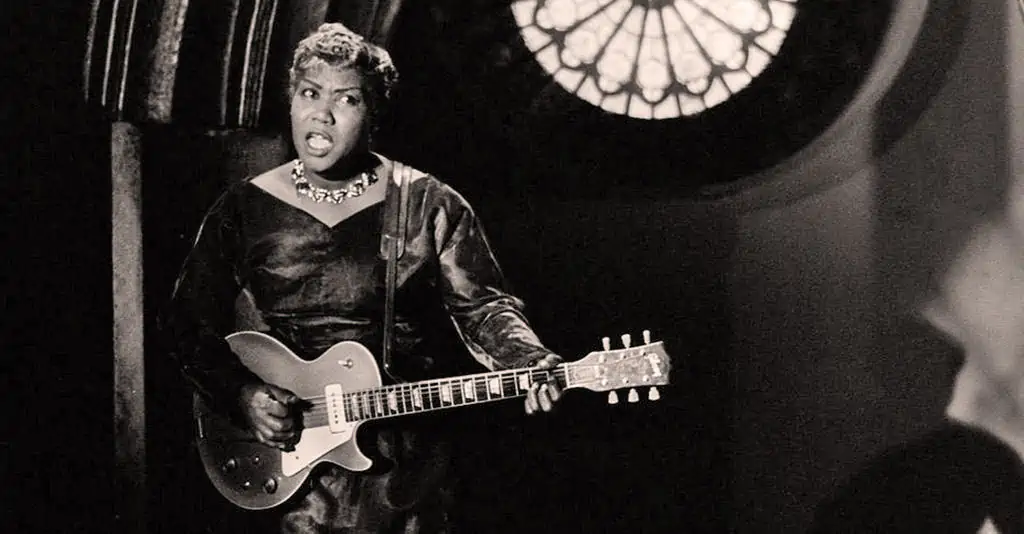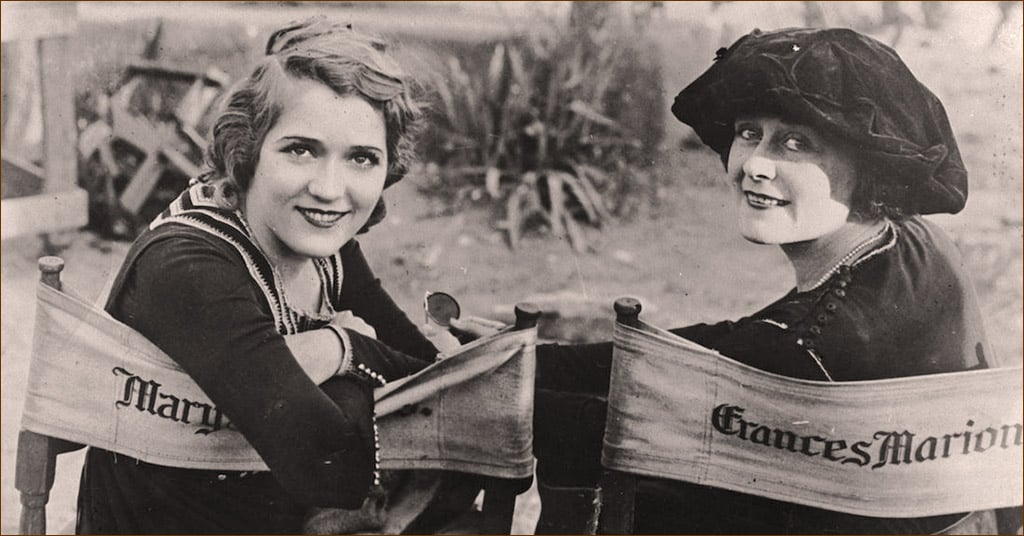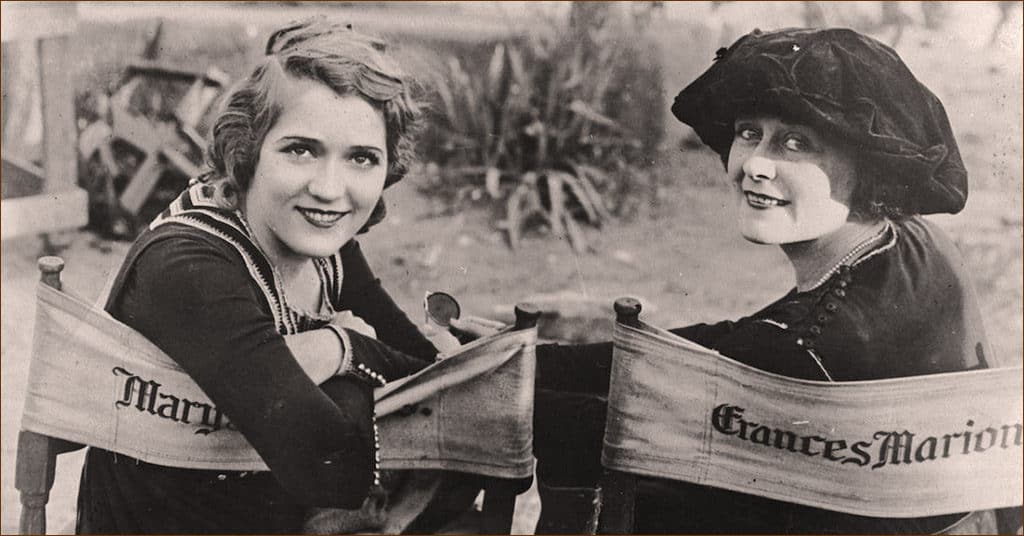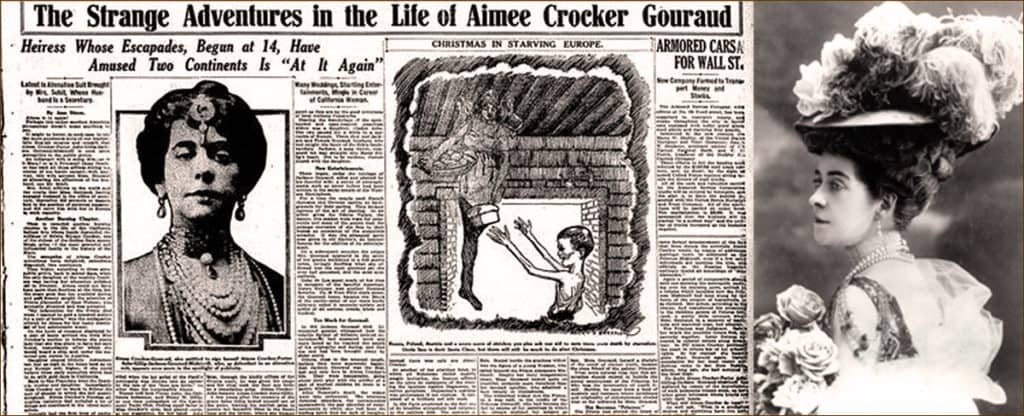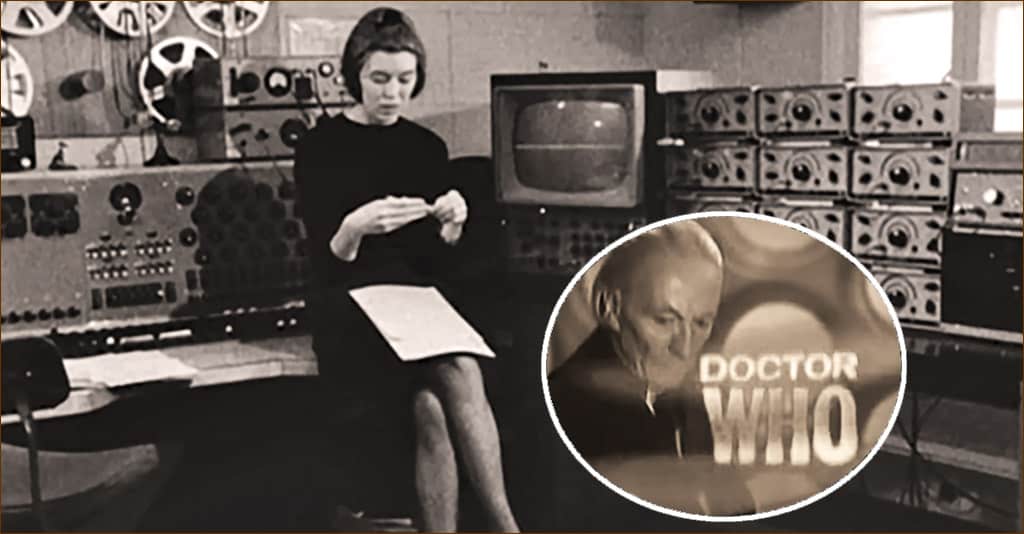
Think of a song born of wind bubbles, visual swoops, clouds and something called a “wobbulator.” Hummable, with a strong beat, but totally unique. One of the most-heard and instantly recognizable pieces of music today. Give up? It’s the theme for the popular British TV sci-fi series Doctor Who; and it was created by Delia Derbyshire, referred to as the “unsung hero of British electronic music.”
Continue reading “Delia Derbyshire – Unsung Hero of Electronic Music 1937-2001”

